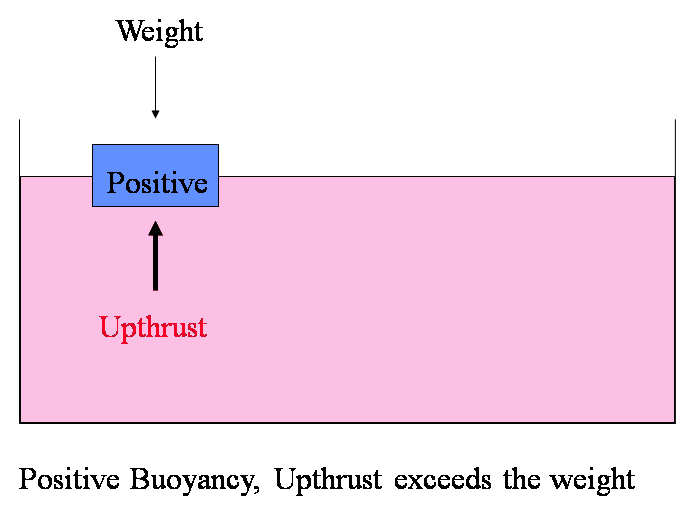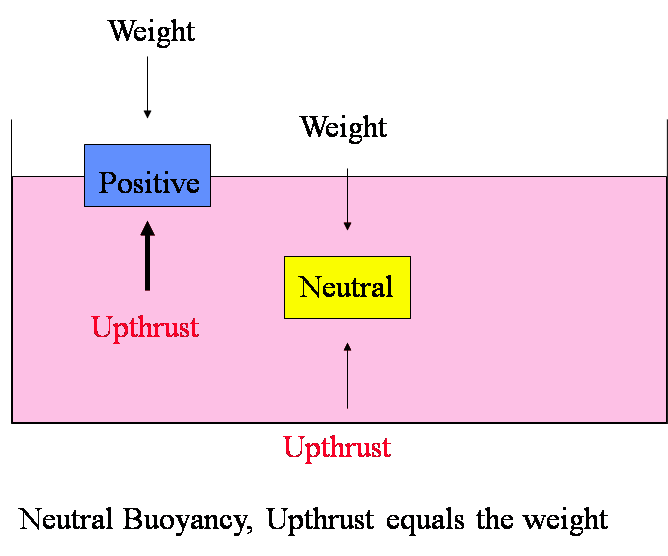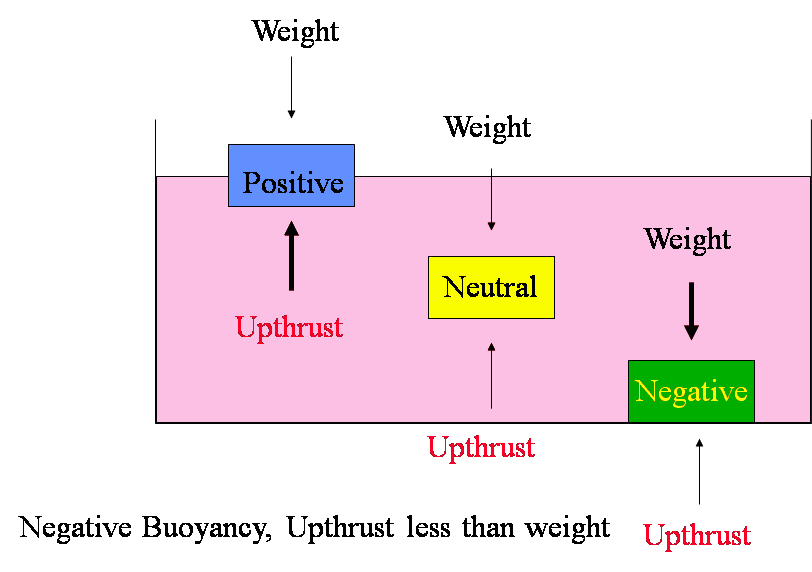Buoyancy & Diving
Why does the buoyancy of a diver change throughout a dive? We explain the science behind diving and buoyancy (with help from Archimedes and Boyle).
The physical law of buoyancy was discovered by the ancient Greek mathematician and inventor Archimedes. It is known as Archimedes Principle and it states that:
“Any body completely or partially submerged in a fluid at rest, is acted upon by an upward (buoyant) force, or upthrust. The magnitude of which is equal to the weight of the fluid displaced by the body.”
For a floating object (positively buoyant e.g. a diver on the surface), the weight of the displaced portion of the fluid (water) will exceed the downward (gravitational) weight of the object, therefore the object floats.

The larger the volume (inflated Buoyancy Control Device or ‘BCD’, inflated suit) the more the water is displaced. Therefore producing a greater buoyant force. In this situation, the buoyant (upward) force exceeds the downward (gravitational) force and the diver floats and remains on the surface.
For a fully submerged object (such as a diver below the surface) the volume of fluid displaced is equal to the total volume of the object. Buoyancy is then dependent on changing volume (air spaces are reduced as the diver descends due to pressure – Boyle’s Law). But, they can be made to increase by injecting air into buoyancy devices, resulting in extra water being displaced. Buoyant or upward effective force of the water will also increase with any increase in water density.
To leave the surface the diver reduces volume (releases air), so that the buoyant (upward) force is less than the gravitational (downward) force and the diver descends.

At the neutral buoyancy point the upward force exerted by the water displaced by the diver is equal to the diver and equipment weight (gravitational force), so the diver remains at the same depth with no effort. At a different depth a slightly different volume is needed to maintain neutral buoyancy taking account of the change in water density.
At any given depth the volume of the diver can be adjusted by inflation or deflation of equipment, and finely tuned by changing the volume of the lungs (and hence the rib cage and overall diver volume), to achieve neutral buoyancy.

As the diver descends (and in the absence of any additional gas) the volume of the diver decreases (compressed air spaces) faster than the density of the seawater increases (water density increases with depth) and the diver accelerates towards the bottom. Descent rates must be very carefully controlled by using BCD or suit inflation.
Is buoyancy the same in salt water and fresh water?
The buoyancy (upward force) is dependent on the density of the liquid. Different fluids provide different buoyancies.
The addition of salts to fresh water increases the density of the water and hence there is a greater upward force on objects in salt water than in fresh water.
Divers in fresh water need less weight to be able to sink from the surface. The upward buoyant pressure is relatively low.
Divers in salt water need more weight to be able to sink from the surface. The upward buoyant pressure is relatively high because of the heavy salts dissolved in the water making it denser.